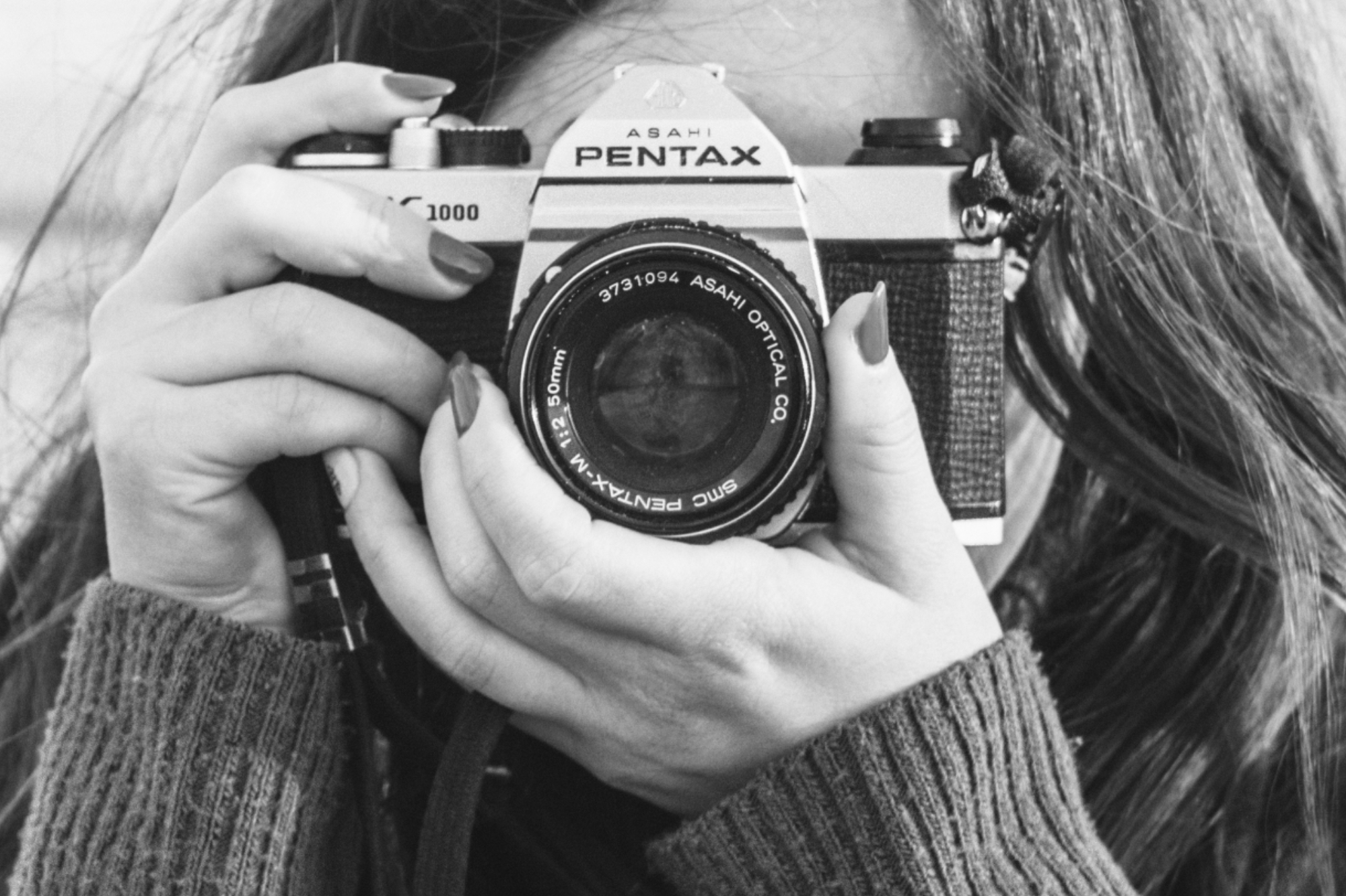According to the Digital Marketing Institute, influencer marketing is the fastest growing online customer acquisition method, with 49% of customers relying on influencers to assist their purchasing choices. Influencer marketing is when a brand collaborates with a social media creator to market a product, or the brand itself, to the creator’s followers. So, where do artificial intelligence (AI) and machine learning (ML) come in? Influencer marketing comes with a set of unique challenges that data can help to solve.
Identifying the right creator
One of the main challenges for a brand is finding the best creators to partner up with. Recently the shift has been towards quality over quantity, so finding the best match for the brand, individual campaign or even product, is key. ML can determine what makes a creator a good fit for a brand, making use of the wide variety of available data. The data could be not only composed of traditional engagement metrics such as likes and reactions, but also the very content itself. For example, natural language processing (NLP) can be used to analyse any text-based content: the entire body of Tweets from an influencer, the comments made by their followers, etc. Once the key characteristics of an ideal creator match have been established, the model can then recommend other suitable influencers to approach for partnership.
Creating the right content
NLP can not only be used to understand what makes a good creator for a particular brand, it can also be applied in a similar fashion to improve a creator’s own performance by analysing what makes good content. While NLP is limited to text-based content, computer vision is another fast-growing area of AI which could provide insights on image or video content, and predict what will resonate best with the creator’s audience. Computer vision can base insights on past content from that creator, or other creators with overlapping audiences.
Avoiding follower fraud
Follower fraud is maybe the biggest problem influencer marketing faces today, costing companies an estimated $1.9billion in 2019. It involves influencers using bots to amplify their follower count and engagement performance. ML techniques such as anomaly detection or simple classification models can be used to distinguish between bots and real users, between fraudulent influencers and those with a genuine following.


